
Kiepenheuer-Institut für Sonnenphysik
The astrophysicsal colloquium of the Kiepenheuer-Institut für Sonnenphysik usually takes place on Thursdays at 11:30 if not stated otherwise.
Markus Roth
Markus Roth
Speakers in 2016:
Roland Gredel
Maud Langlois
Mathieu Ossendrijver
Johny Setiawan
Irina Kitiashvili
We are happy to support all speakers in the KIS Colloquium in finding accommodation in a hotel nearby the institute.
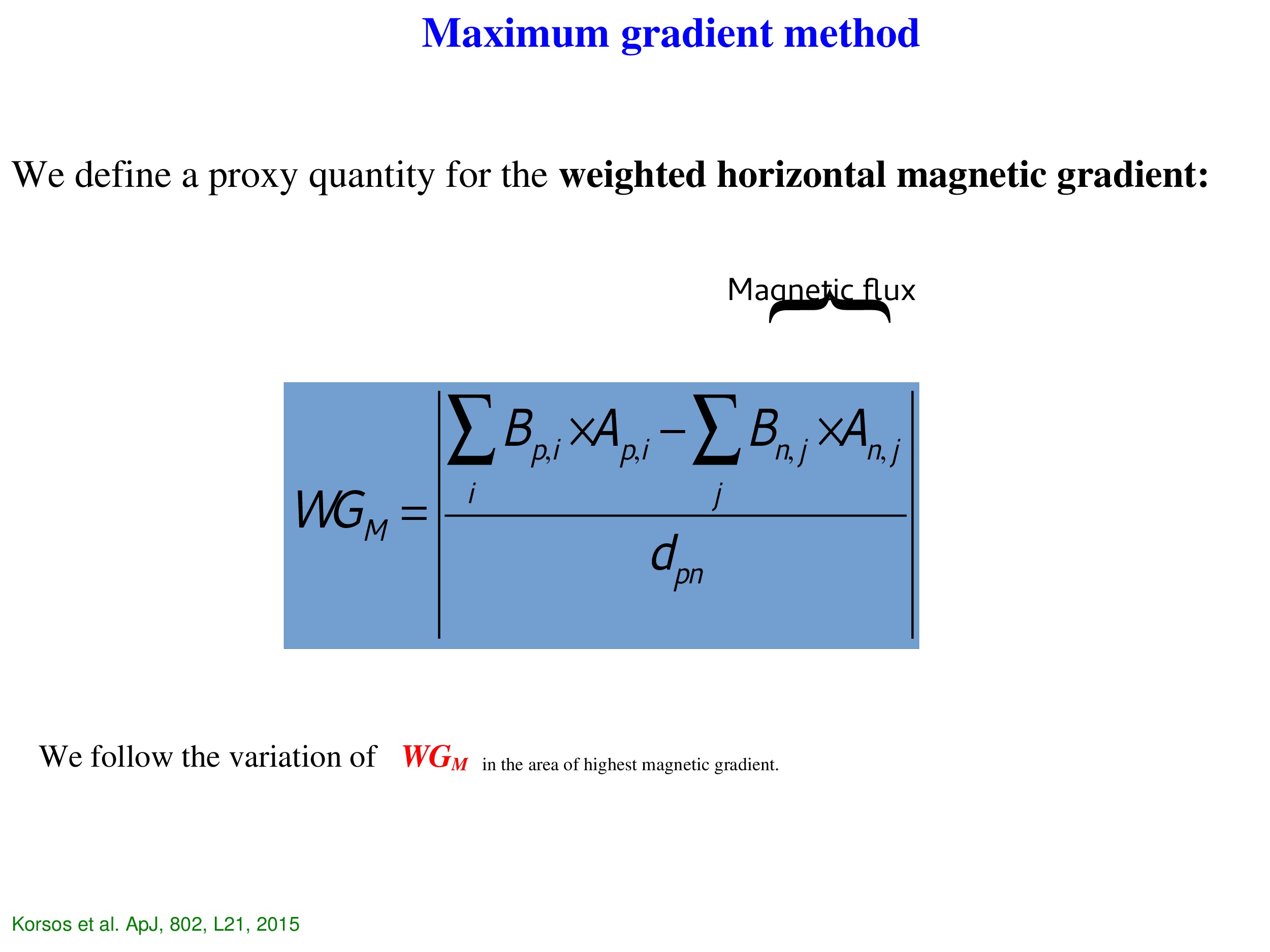

Session: Colloquium
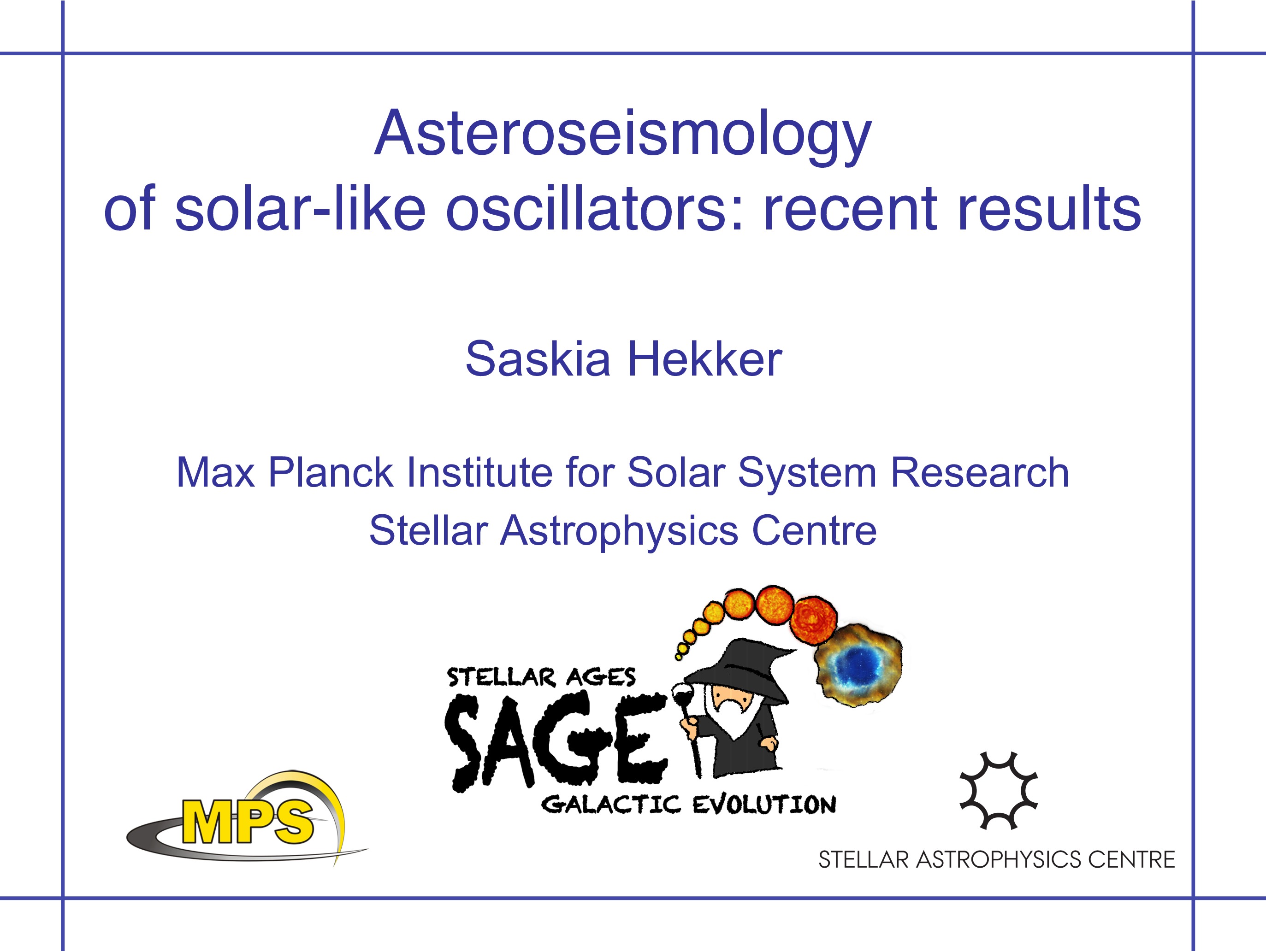
Session: Colloquium
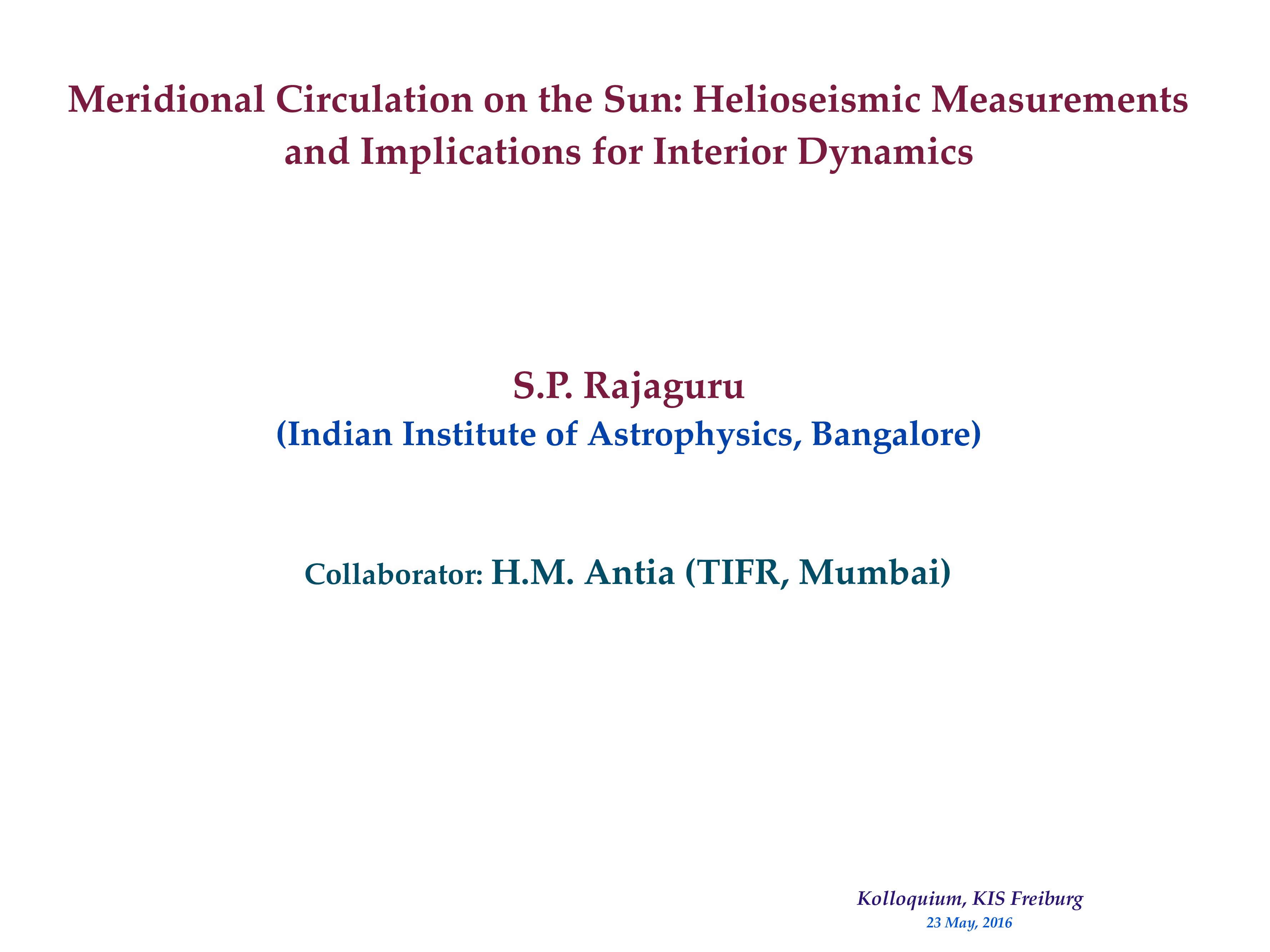
Session: Colloquium
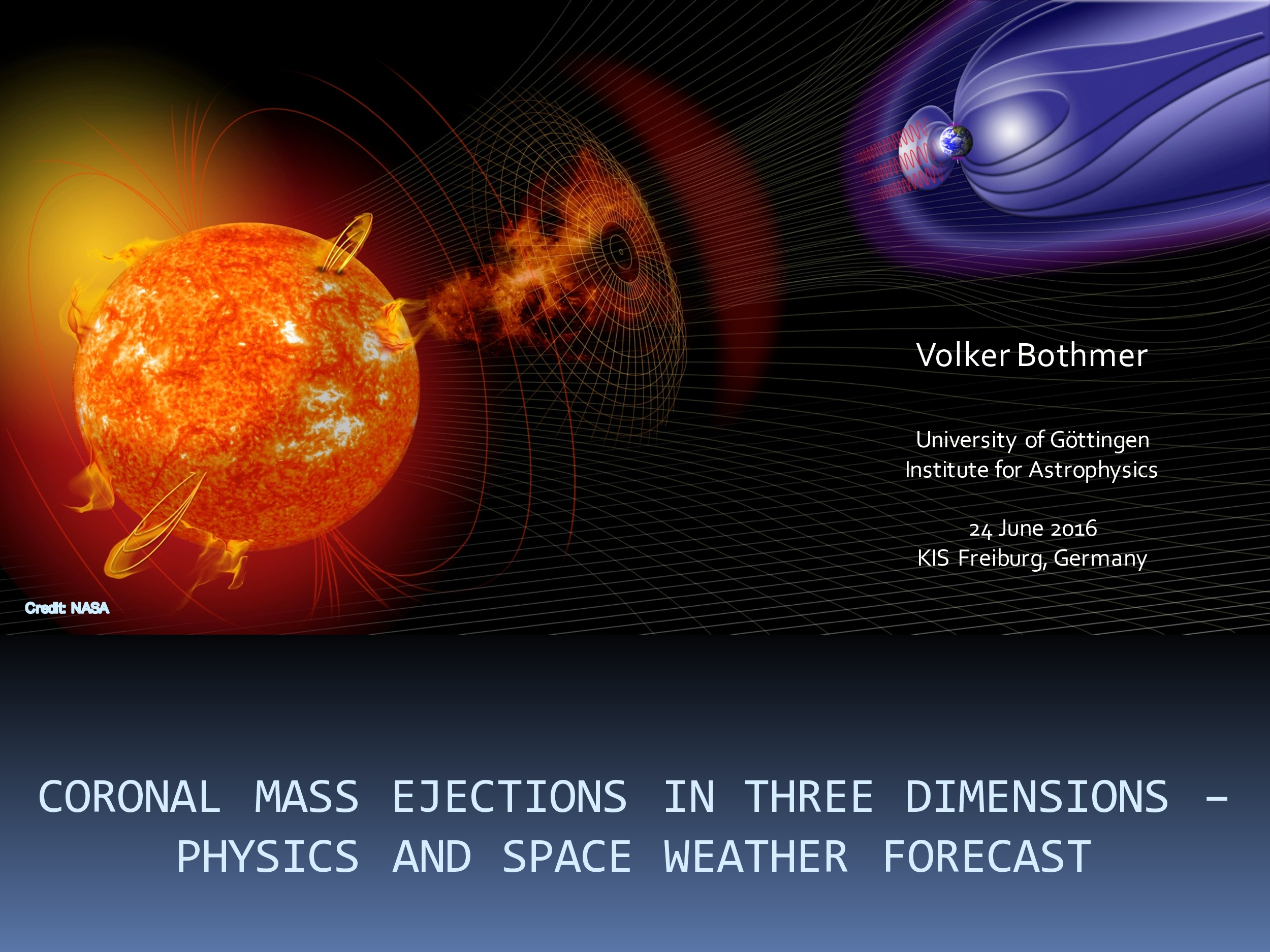
Session: Colloquium
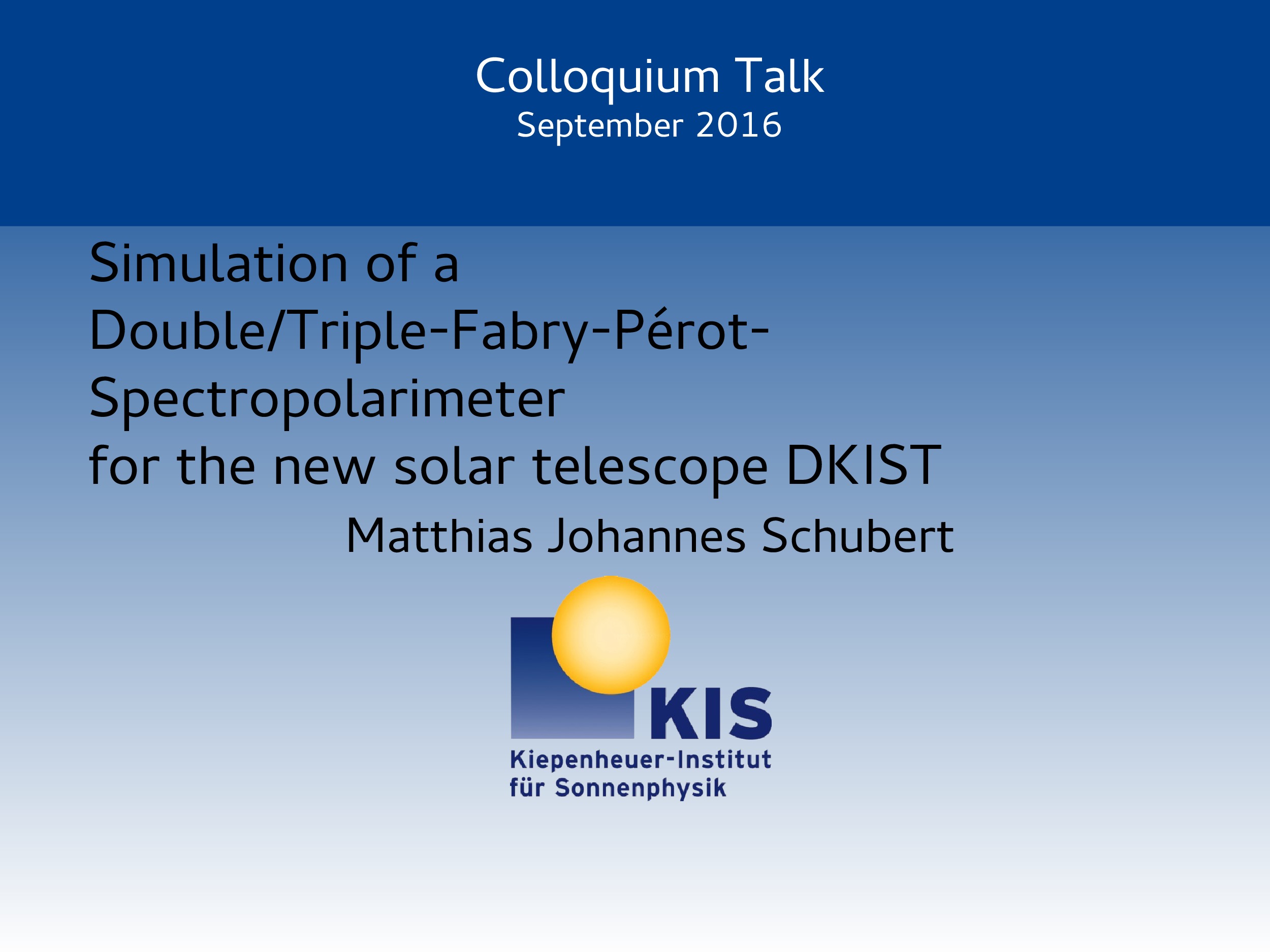
Session: Colloquium
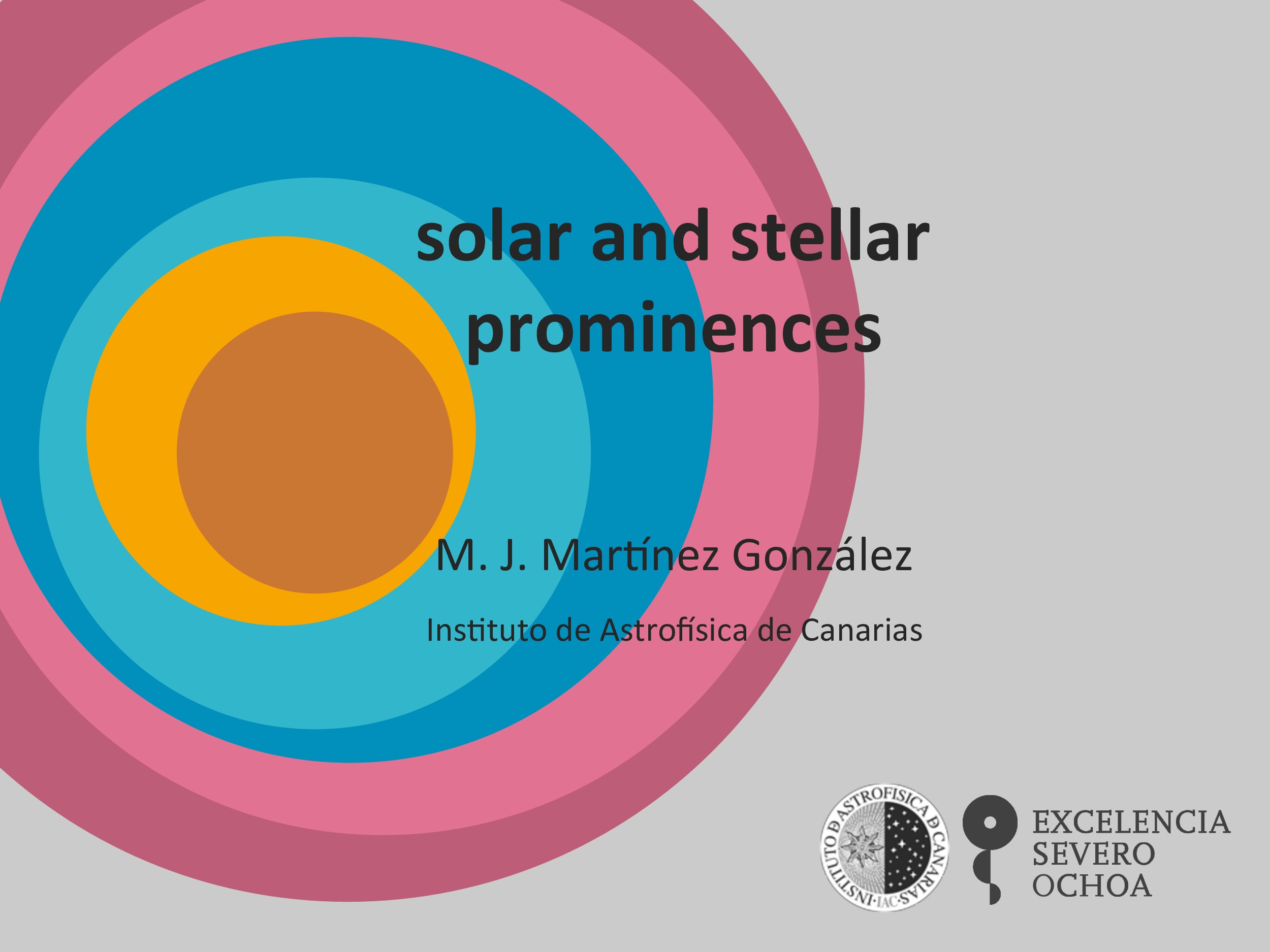
Session: Colloquium
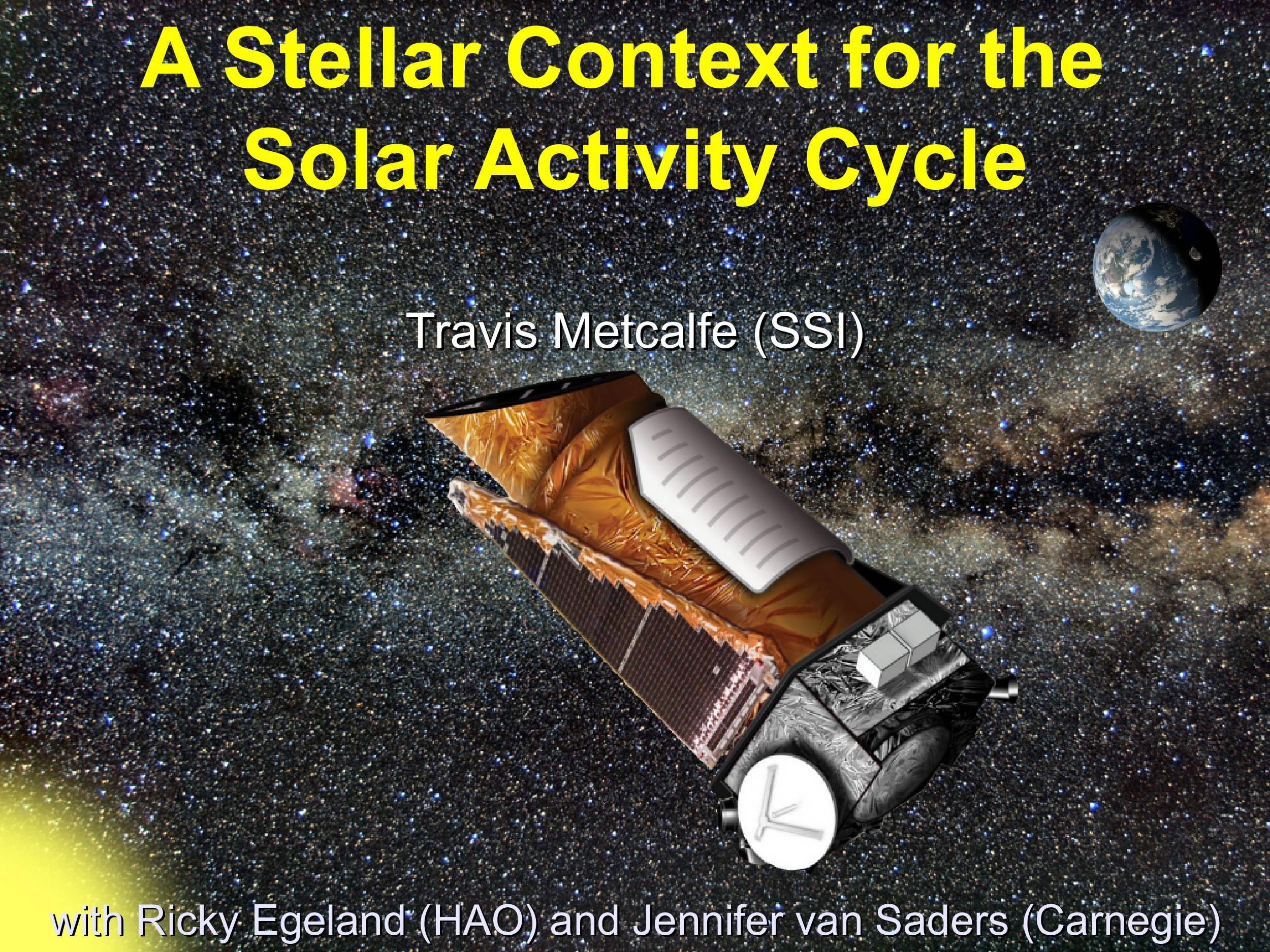

Session: Colloquium
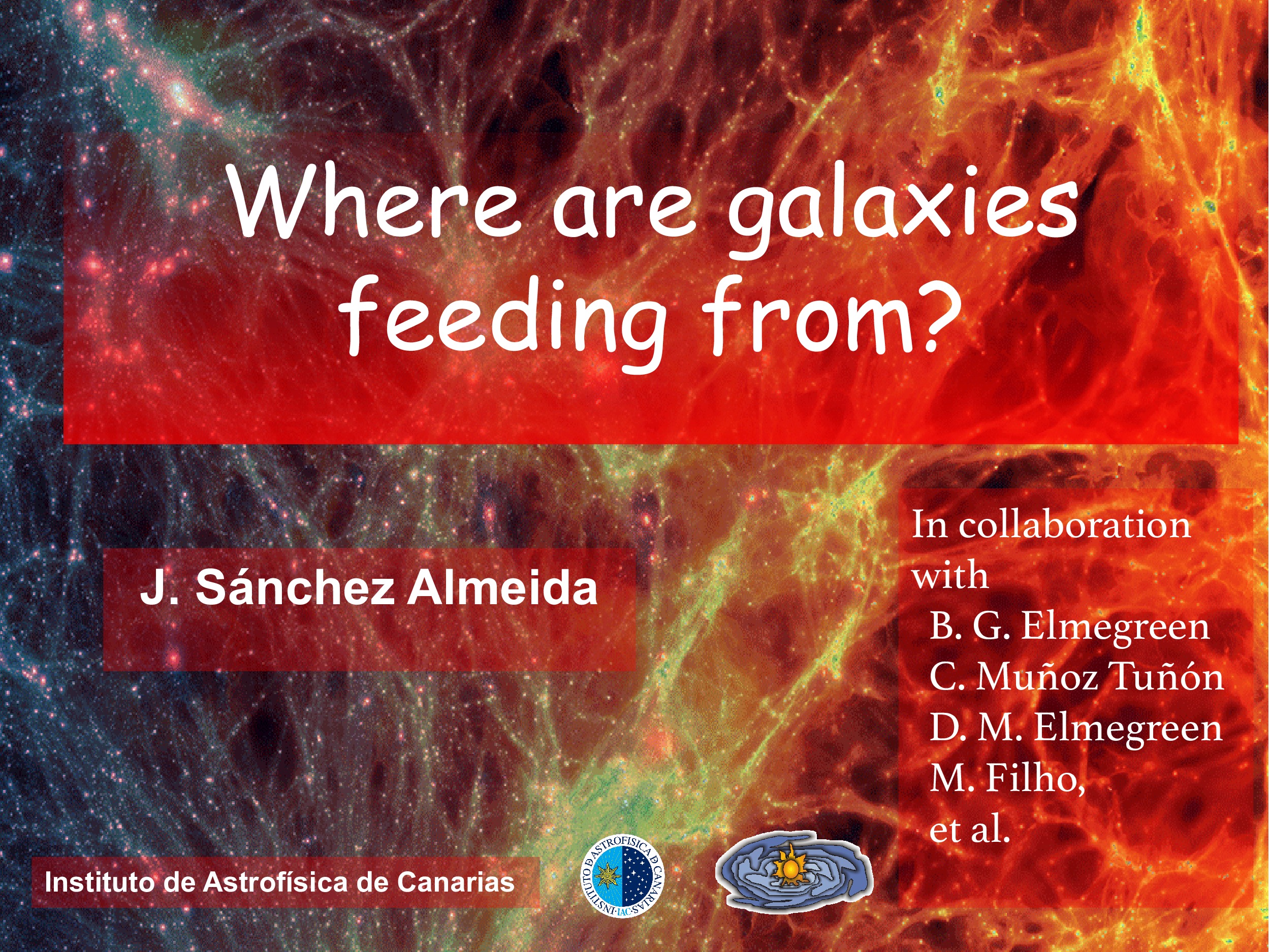
Session: Colloquium
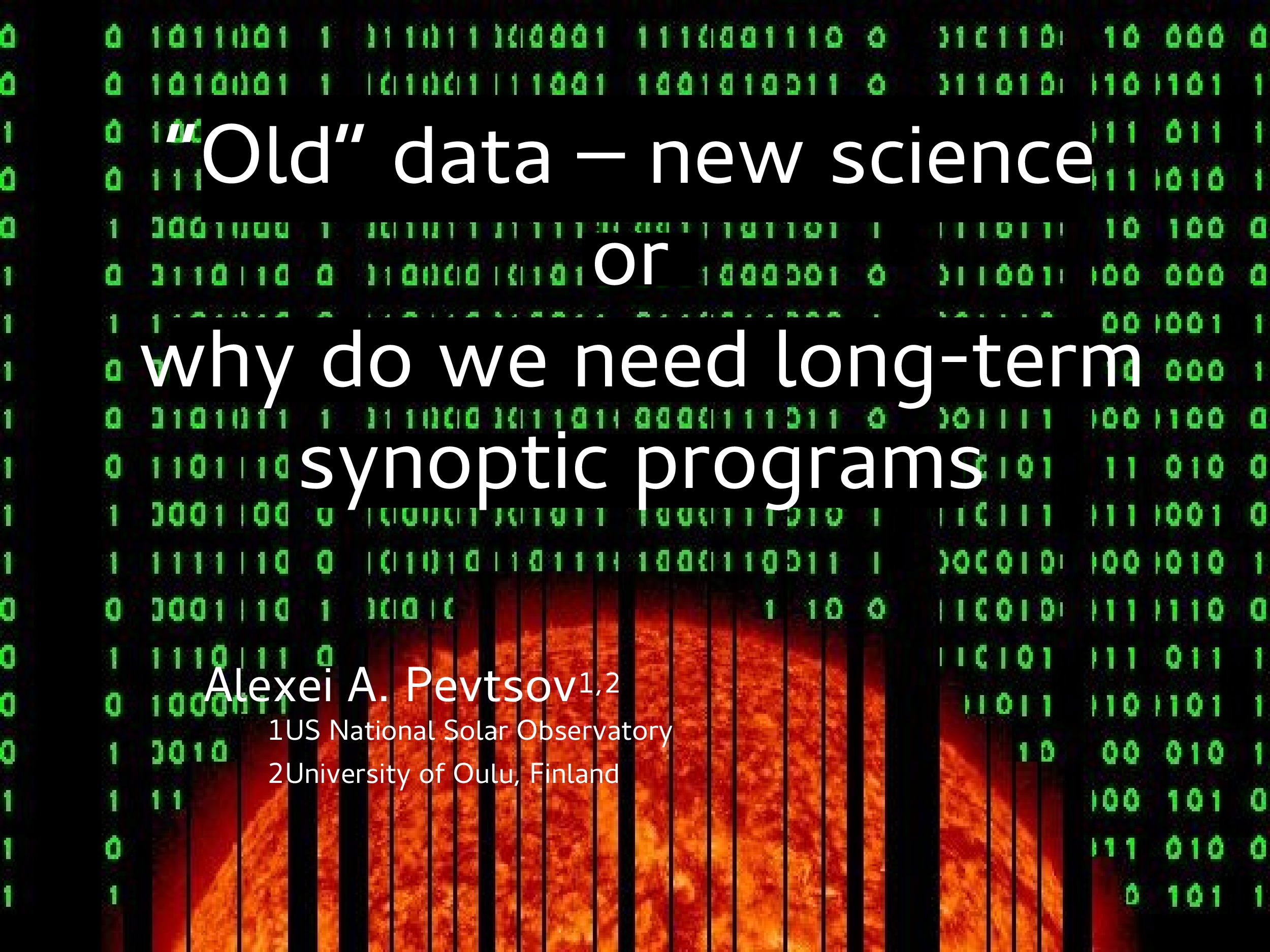
Session: Colloquium
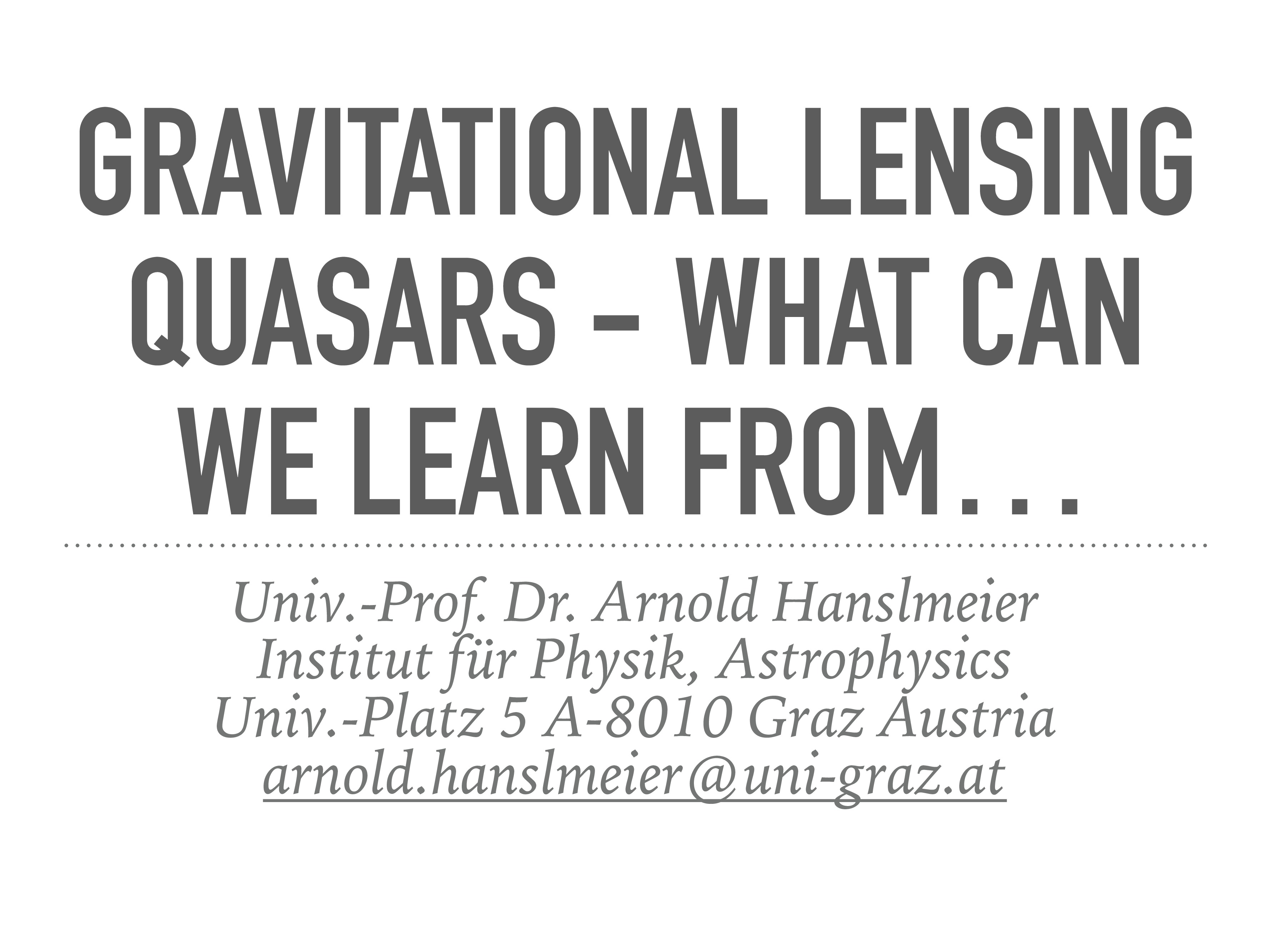

Session: Colloquium
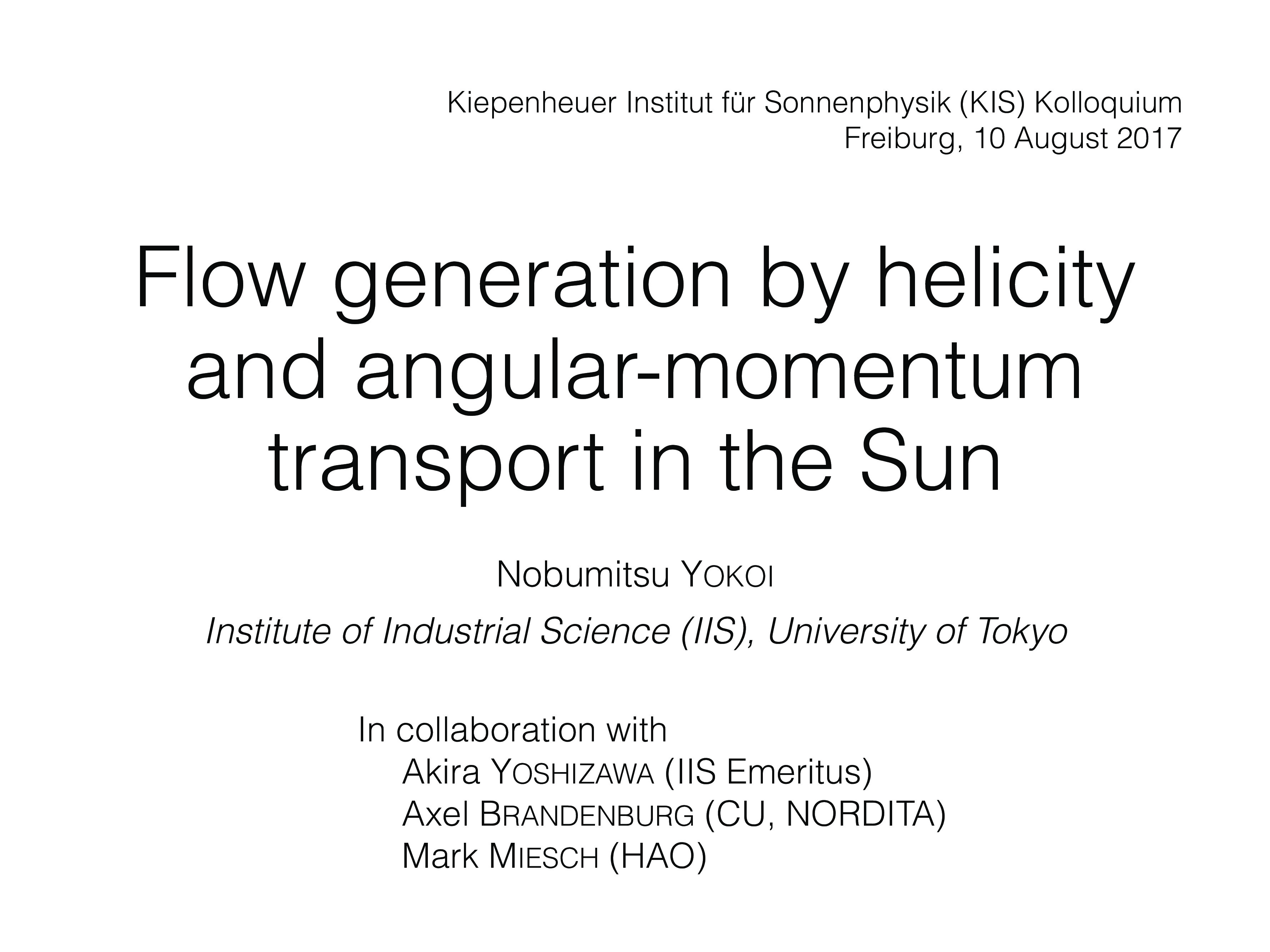

Session: Colloquium
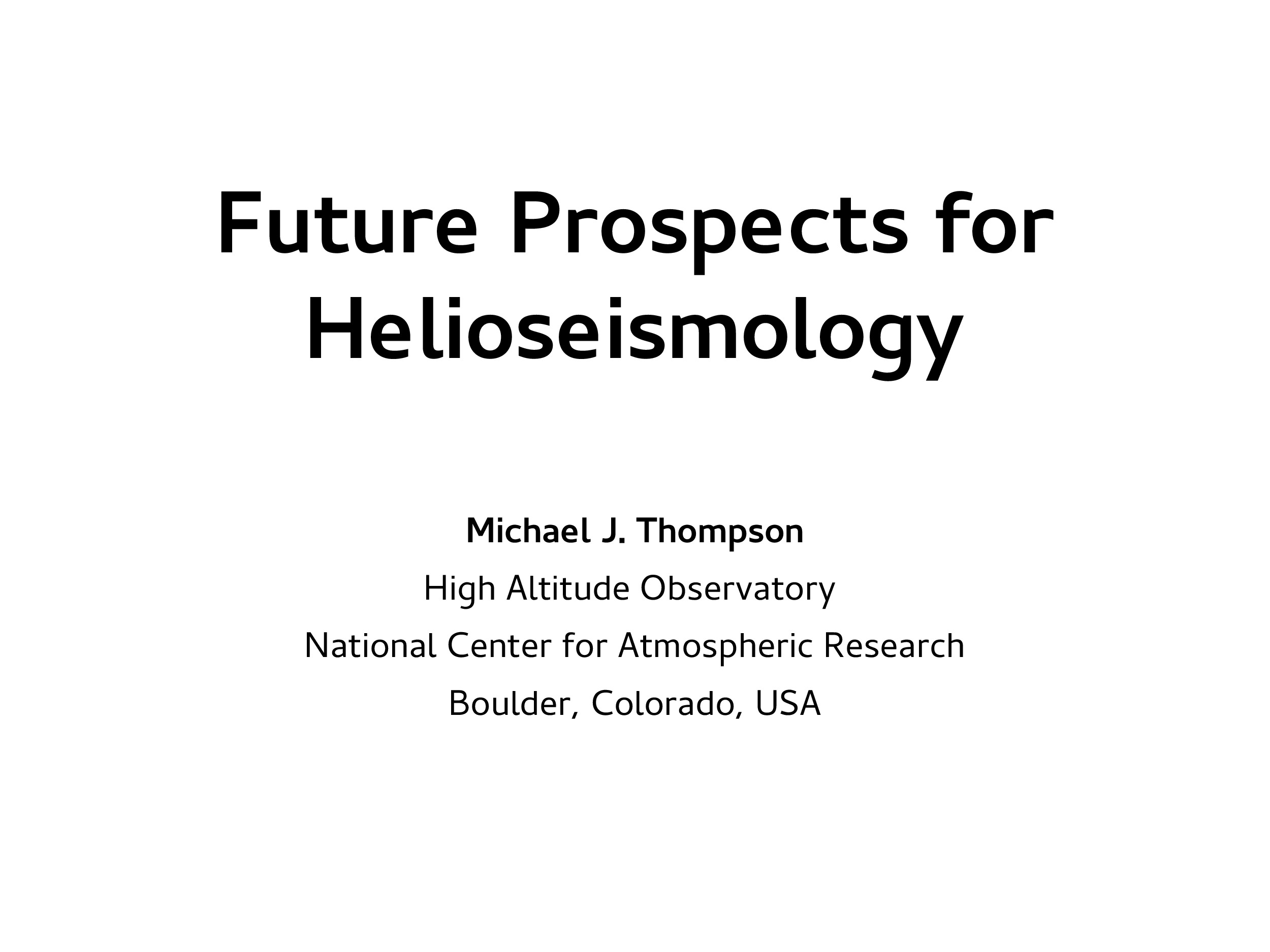
Session: Colloquium
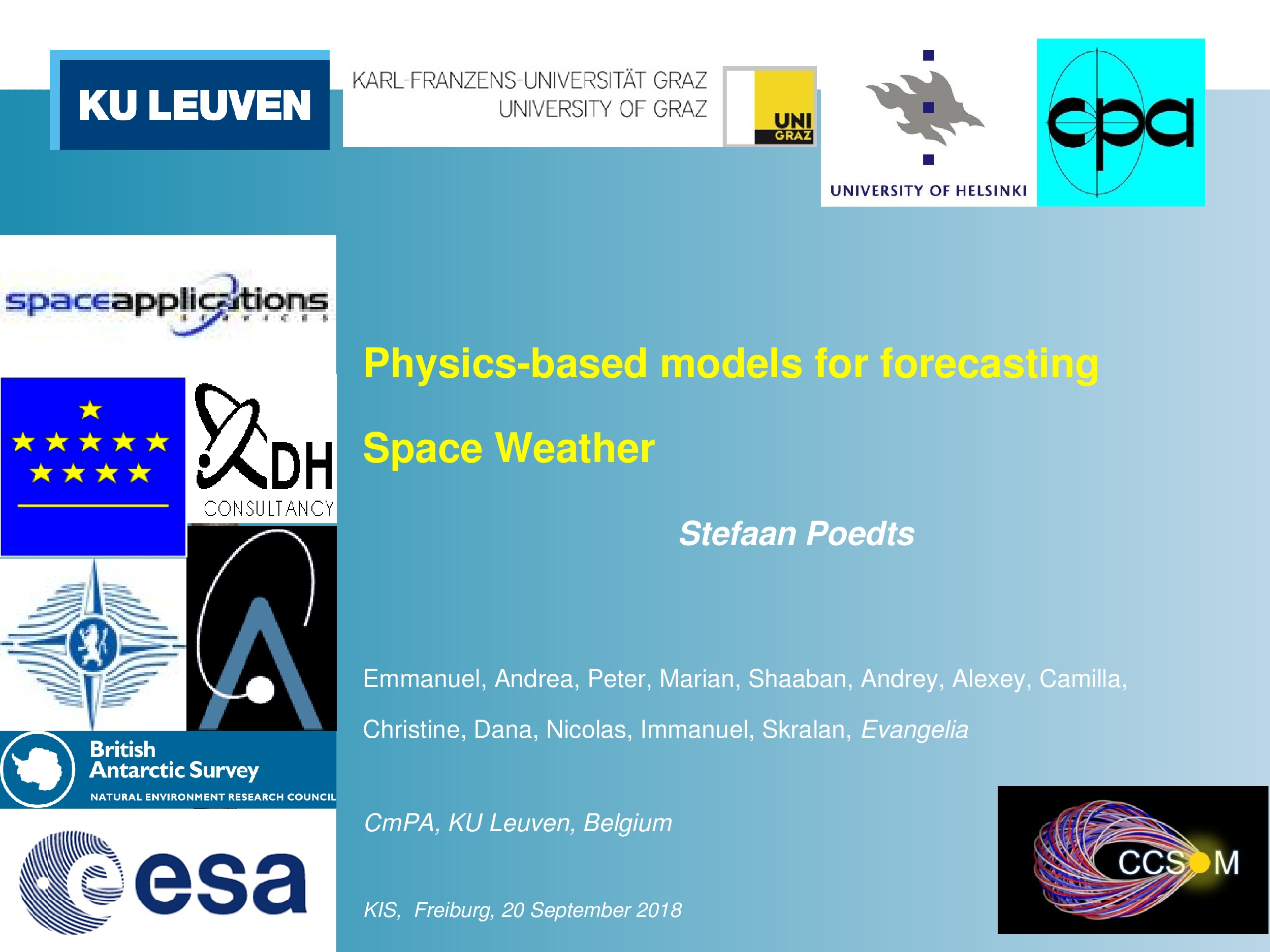
Session: Colloquium
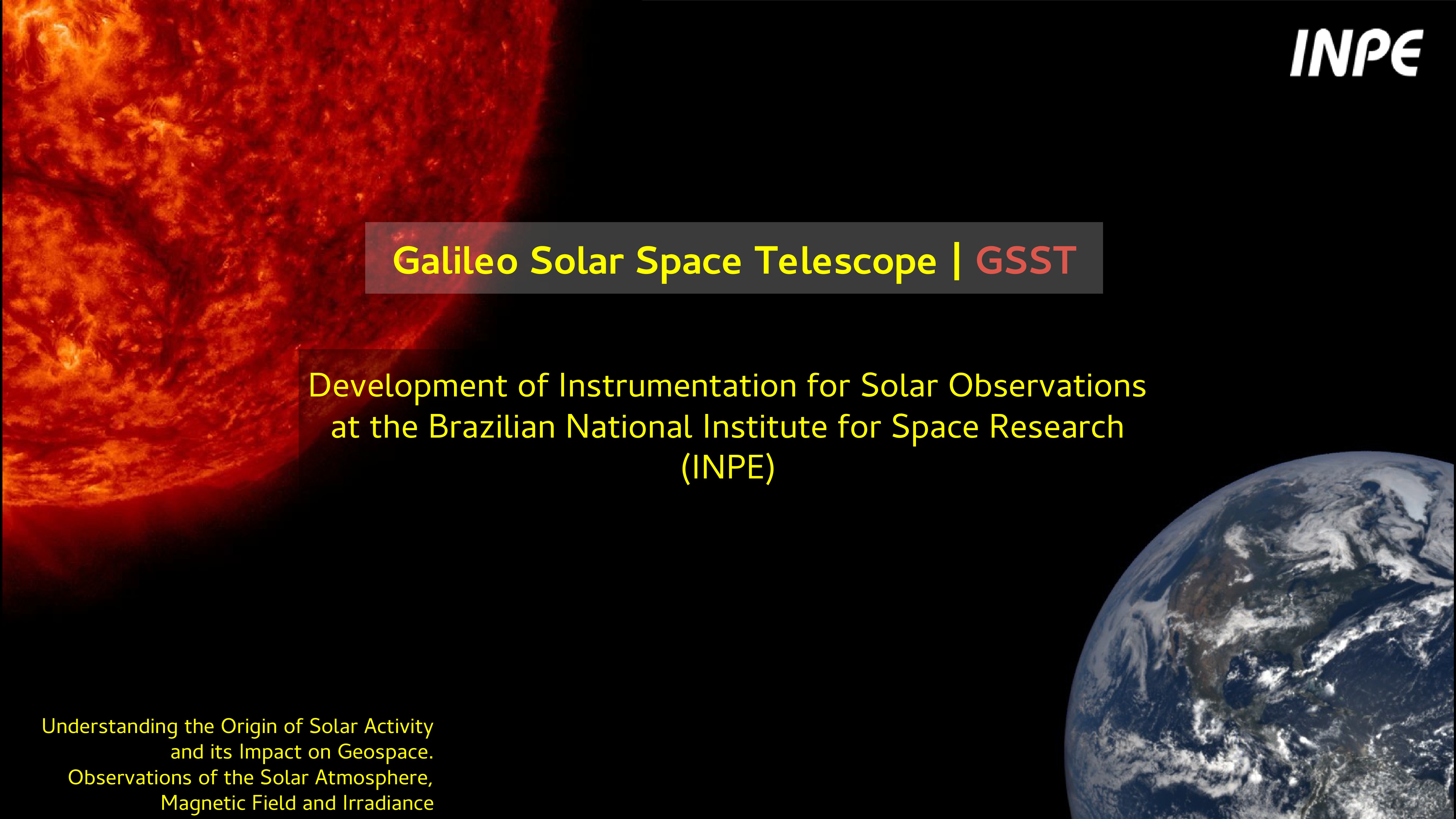
Session: Colloquium
| First Name | Last Name | Affiliation |
|---|

